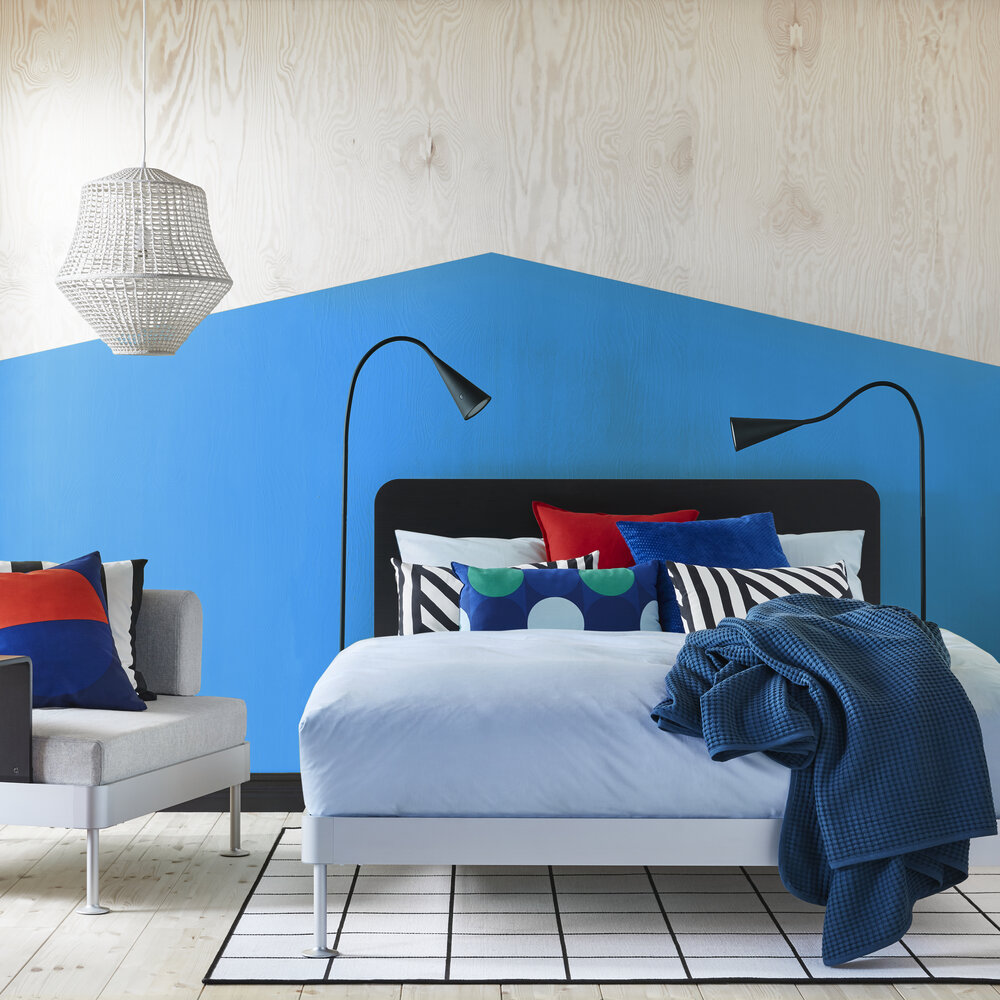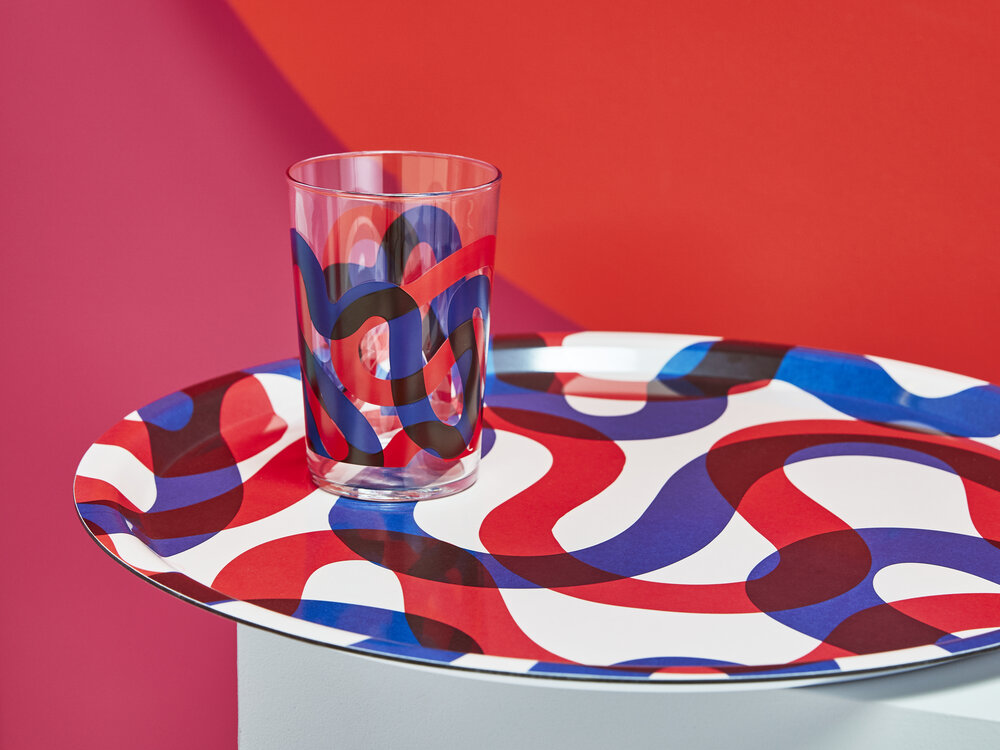"Surface Design encompasses the colouring, patterning, and structuring of fibre and fabric. This involves creative exploration of processes such as dyeing, painting, printing, stitching, embellishing, quilting, weaving, knitting, felting, and paper-making." - Surface Design Association, Candace Edgerly
It is a technique commonly used by artists to manipulate any form of surface. In this week project for OBDF 210C, we would be briefly looking into surface design and some artists that utilize this process in their works.
Painting
A recent example of a surface design I recently had an opportunity to witness was created by Simone Elizabeth Saunders. Her diasporic art series entitled "unity", was featured at Contemporary Calgary from Nov 2021 - Jan 2022.
Unity is a series of uplifting portraits of black women illustrated in a manner similar to tarot cards evoking ideas of magic and empowerment. visually appropriating Alphonse Mucha's greater arcana, but remixed in tufted paintings.

Simone employs a creative application of surface design to compose visually striking portraits, we can see this in her complex arrangement of tufted fabric cleverly sculpting the subject's bodies, clothing, and intricate halos accompanying them.
Chiyogami
The graphic, repetitive designs used on paper throughout the Edo era are referred to as chiyogami.These patterns were initially woodblock printed for use in manufacturing paper dolls and minor accessories. Silkscreens were first used to apply these designs in the 20th century, and they are being used today.
Both titles are now used interchangeably as Yuzen textile patterns join the classic Chiyogami ones on paper. Simply because "Chiyogami" was first used to refer to paper, we have picked it (-gami means paper). (Washi Arts 2015)
Pattern Design Consumer Goods.
The next few examples are from Kangan Arora a Graphic Designer based in London known for her work in IKEA, TATE, Urban Outfitters.
Her designs were used for textile prints, clothing, and ceramics.
Svallerup and Majalotta IKEA spring/summer 2019
works cited:
Edgerley, Candace. What is Surface Design, Its All Around you. Interview by The Art League. April
2015, https://www.theartleague.org/blog/2015/04/02/what-is-surface-design
-its-all-around-you/. Accessed Sep 28, 2022.
Washi Arts. Yuzen and Chiyogami: Whats the difference? March, 2015. https://www.washiarts.
com/blog/2015/5/19/5fnd1zwagufhl96w1d2oilmrhqakfl












Comments
Post a Comment